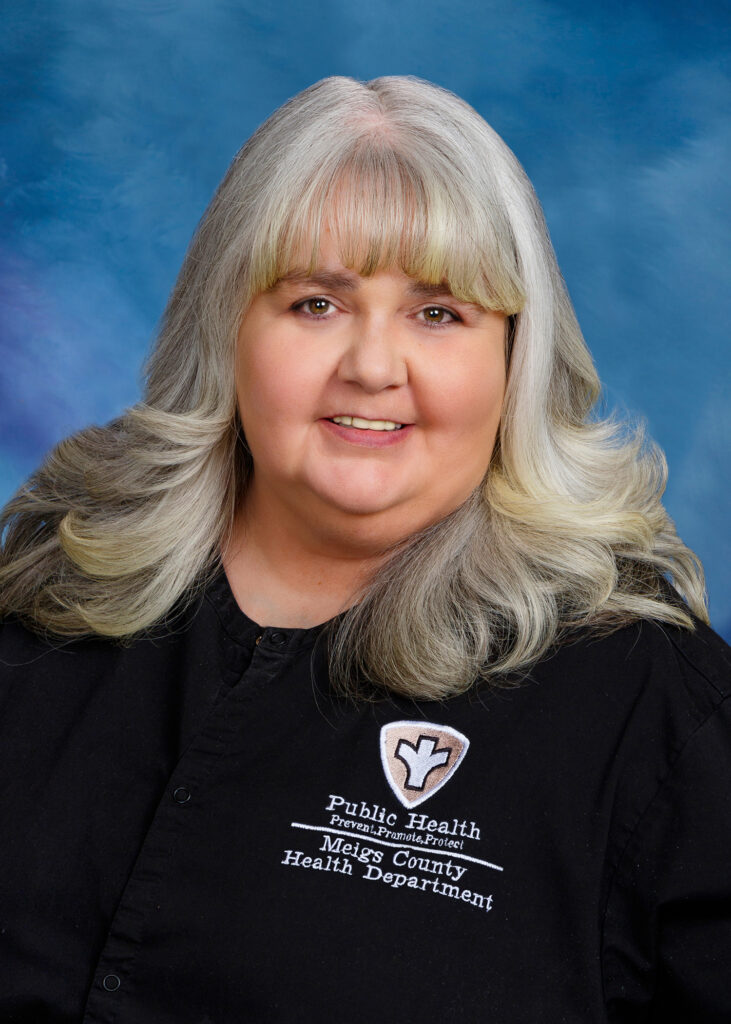Cesarean Section Awareness Month


Cesarean Section Awareness Month
April is International Cesarean Awareness month. an event organized by ICAN – The International Cesarean Awareness Network.
There is an overuse of cesarean sections in many countries. Cesarean Awareness Month aims to raise awareness and reduce the number of cesarean sections in mothers who will not benefit from this procedure.
ICAN is a non-profit organization whose mission is to improve maternal-child health by reducing preventable cesareans through education, supporting cesarean recovery, and advocating for vaginal birth after cesarean (VBAC).
Compared with having another C-section, a vaginal delivery involves no surgery, none of the possible complications of surgery, a shorter hospital stay and a quicker return to normal daily activities. VBAC might also be appealing if you want to experience vaginal childbirth.
It’s important to consider future pregnancies, too. If you’re planning for more pregnancies, VBAC might help you avoid the risks of multiple cesarean deliveries, such as placental problems.
While a successful VBAC is associated with fewer complications than an elective repeat C-section, a failed trial of labor after a C-section is associated with more complications, including a uterine rupture. Uterine rupture is rare, happening in less than 1% of women who attempt a trial of labor after cesarean. However, uterine rupture is life-threatening for you and your baby. During a uterine rupture, the cesarean scar on the uterus breaks open. An emergency C-section is needed to prevent life-threatening complications. Treatment might involve surgical removal of the uterus (hysterectomy). If your uterus is removed, you won’t be able to get pregnant again.
Health care providers might recommend a C-section if:
Labor isn’t progressing normally. Labor that isn’t progressing (labor dystocia) is one of the most common reasons for a C-section. Issues with labor progression include prolonged first stage (prolonged dilation or opening of the cervix) or prolonged second stage (prolonged time of pushing after complete cervical dilation).
The baby is in distress. Concern about changes in a baby’s heartbeat might make a C-section the safest option.
The baby or babies are in an unusual position. A C-section is the safest way to deliver babies whose feet or buttocks enter the birth canal first (breech) or babies whose sides or shoulders come first (transverse).
You’re carrying more than one baby. A C-section might be needed for women carrying twins, triplets or more. This is especially true if labor starts too early or the babies are not in a head-down position.
There’s a problem with the placenta. If the placenta covers the opening of the cervix (placenta previa), a C-section is recommended for delivery.
Prolapsed umbilical cord. A C-section might be recommended if a loop of umbilical cord slips through the cervix in front of the baby.
There’s a health concern. A C-section might be recommended for women with certain health issues, such as a heart or brain condition.
There’s a blockage. A large fibroid blocking the birth canal, a pelvic fracture or a baby who has a condition that can cause the head to be unusually large (severe hydrocephalus) might be reasons for a C-section.
You’ve had a previous C-section or other surgery on the uterus. Although it’s often possible to have a vaginal birth after a C-section, a health care provider might recommend a repeat C-section.
For more information, contact your OB/GYN’s office.

Sherry Eagle
WIC Director






